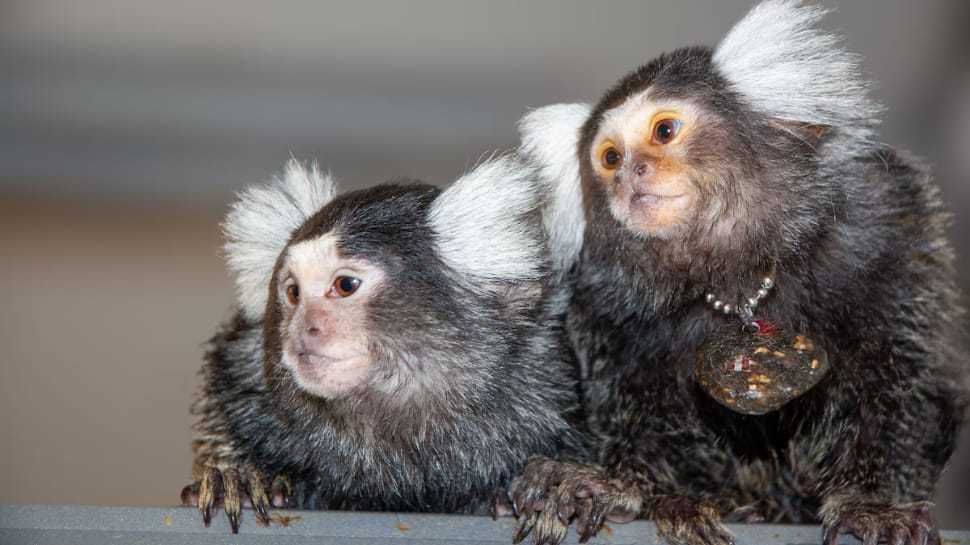When we think of names, we often associate them exclusively with humans, as a way to identify and distinguish ourselves from others. However, fascinating studies reveal that certain animal species also use names or unique vocalizations to refer to one another. This discovery sheds light on the complexity of animal communication and provides a glimpse into their social structures, much like our own.
Dolphins: The Marine Mammals with "Signature Whistles"
Dolphins, particularly bottlenose dolphins, are known to use “signature whistles,” which function much like names. These unique sound patterns are developed early in a dolphin's life and serve as a form of identity. Dolphins not only create these distinct calls for themselves, but they can also learn and mimic the signature whistles of other dolphins in their pod. This allows them to call out to one another specifically, much like we use names to get someone’s attention.
Researchers have observed that dolphins respond to recordings of their own whistles even when they haven't seen the individual producing the sound for years. This level of vocal recognition shows the depth of their social bonds and the role these whistles play in dolphin society.
Parrots: Mimicking and Naming
Parrots, particularly species like African grey parrots, also exhibit the use of names. These intelligent birds are capable of learning and mimicking sounds, including the specific calls of their flock members. Researchers have found that parent parrots sometimes give their chicks unique calls, which the young parrots continue to use as a form of identity as they grow.
In social groups, parrots use these calls to communicate with each other, ensuring that the right message reaches the intended recipient. This form of vocal learning indicates that parrots, like humans, understand the significance of unique identifiers in maintaining complex social dynamics.
Monkeys: Social Labels and Distinct Calls
Certain monkey species, such as vervet monkeys, use distinct vocalizations to refer to specific individuals or warn others of different types of predators. Each monkey has a unique vocal signature, and the group's social hierarchy often influences how and when these names are used. Mothers have been observed using specific sounds when communicating with their offspring, similar to the way humans call out to their children.
These vocal identifiers also play a role in maintaining social bonds and hierarchy, reinforcing that the ability to "name" others is not exclusive to human language.
The ability to assign and respond to names, once thought to be a strictly human trait, has been observed in several highly social species. Whether it's dolphins using signature whistles, parrots naming their chicks, or monkeys employing distinct calls, these examples highlight the incredible complexity of animal communication systems. It reminds us that while human language may be unique, other animals also have sophisticated ways of identifying and connecting with one another.
As we continue to study these remarkable behaviors, we gain a deeper understanding of the social intelligence of the animal kingdom—and perhaps a greater appreciation for the diverse ways life on Earth communicates.
















